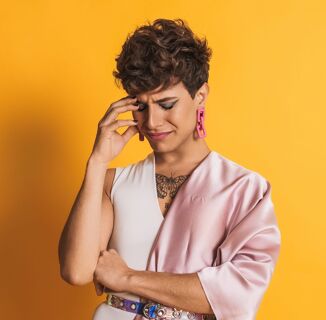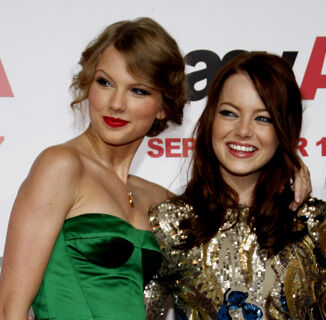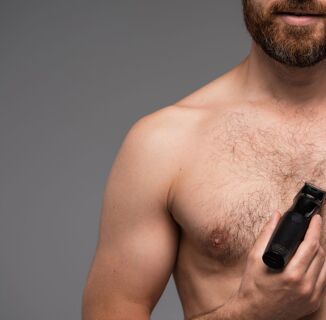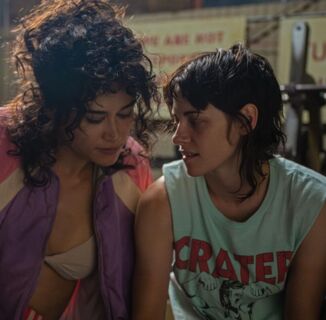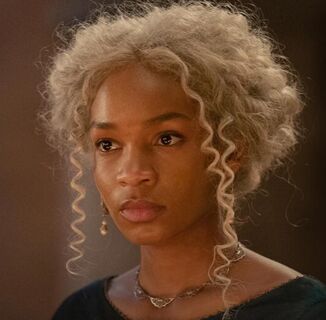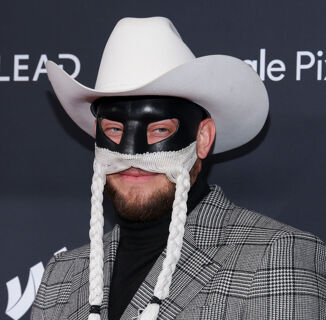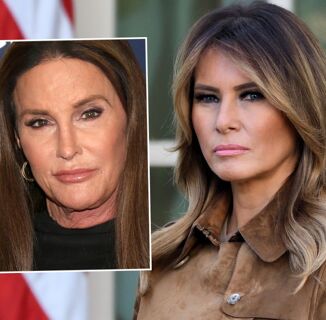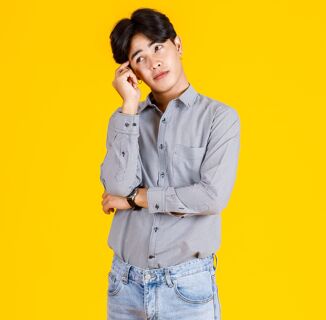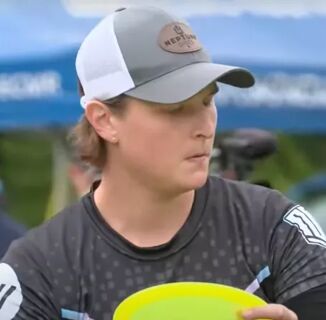The Bold Type returned Tuesday night in style; after catching us up on season one—Jane left her job at Scarlett to helm her own column at Incite, Kat took a minor sabbatical to visit her new girlfriend Adena across seas, and Sutton has been kicking ass at work, but broke off her secret relationship with Richard, a board member at Scarlett who is 15 years her senior. The show has never shied away from tackling hot-button issues head-on, but last night’s Season 2 premiere dug its fingers into female sexuality in a way that’s rare for shows about friendship-porn.
Kat and Adena’s relationship has been one of the driving forces behind the show’s magnetism. Because the three leading ladies work for a Cosmopolitan-esque women’s magazine (called Scarlett), it’s easy to draw the Sex and the City comparison. But where Carrie had always faltered, these girls make up for tenfold. Carrie’s prudish nature in talking about sex, despite being a sex columnist, has become somewhat of a joke in the years since the show’s end. What’s fascinating about The Bold Type is the three leads’ willingness to speak openly about each other’s sex lives, even though they don’t all date the same sex.
Obviously, Sex and the City was very of its time, and therefore, its social commentary is totally outdated. As Broadly writer Sara David pointed out, Carrie, Samantha, Charlotte and Miranda only collectively dated three people of color and one woman on the show—and Samantha’s friends were always berating her for her romp with queerness rather than cheering her on. Again, we’re living in a different era, but in the first season of The Bold Type, Jane and Sutton treated Kat’s first run-in with queerness with delicacy, tenderness, openness, and unabated support, unlike the SATC women. And this season, the female-fronted drama is taking it a step further; Now that Kat’s past the initial shock of falling for a woman for the first time, many natural bedroom fears are bubbling to the surface. Mainly, she has yet to go down on Adena.
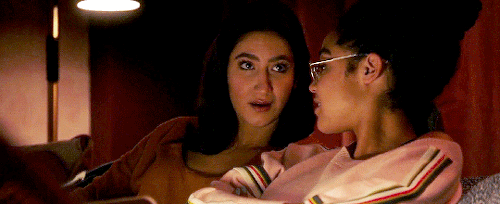
In the first episode of Season 2, there’s some visible tension between Kat and Adena, but it’s unclear why. That is until Kat brings her girlfriend to a big Scarlett party—Adena laments that Kat’s so ready to show her off to her work friends and family, but isn’t even ready to go down on her—and unfortunately, Jane and Sutton accidentally overhear the lovers’ quarrel. Soon after, the three best friends take to a coat closet to discuss, and Kat is totally embarrassed.
“What if I don’t know how to do it? Or what if I do it and I don’t like it, or I do it and it’s weird, you know?” Kat frets in the coat closet, asking, “Then what? Am I really queer, or has this whole relationship been a lie?” Her friends allay her frantic fears and remind her that one sex act isn’t going to make or break this relationship or how her girlfriend feels about her. “Just talk to her. You’re new at this—that’s okay,” Jane insists. “You don’t have to get it perfectly right every time.” Sutton quips, “Been there,” nodding to her complicated relationship with Richard. Both women were able to relate to Kat’s dilemma and empathize with it without actually having been in her shoes.
My heart swelled at this scene because I know the feeling—most queer women do. I came out in my early twenties and had only dated men previously, so when my big moment crept up on me, I was terrified—and I didn’t feel like I had anyone to talk to about it. Because, yeah, it feels embarrassing, and you want your partner to feel good, but you might be uncomfortable and thus need to feel taken care of yourself.
I remember asking myself all the same questions: Can I really be queer if I haven’t done the deed? What if I don’t like it? Am I supposed to crave it and constantly be bogged down by an insatiable need for pussy, in the same way that men have historically documented their experiences? The answer is: it’s different for every woman because sexuality is a spectrum. For me—and spoiler alert, for Kat as well—I ended up finding that going down on a girl was exhilarating and enjoyable. But being afraid of oral sex is such a real fear amongst newly out women. And to be able to watch two heterosexual-identifying people have this open and honest conversation with their baby-queer friend was so moving because obviously, that’s exactly how everyone should react to queerness—but the reality is, it isn’t.
It guts me to say this, but I still feel like I can’t get into the nitty-gritty Samantha Jones-like details of my sex life with some of my straight friends. So, in some ways, The Bold Type feels like a dream world—it’s aspirational. And in other ways, it does mimic real-life conversations I’ve had since coming out and overcoming those anxieties. But if there wasn’t so much tension and homophobia, or even internalized homophobia surrounding the coming out experience, maybe I wouldn’t have been so fraught with terror to have conversations like this with my straight (or queer) friends.

Homophobia bleeds into so many aspects of our lives and psyches, it can be hard to even dissect it. Even though your friends may not be homophobic, that doesn’t mean they were raised in the absence of homophobia. And when you grow up mired in hate, which most of us have, it manifests in painful ways that make vulnerable topics hard to broach in your adult life, even in the closest and most open of friendships.
We know representation is important—but it’s moments like these, ones which haven’t yet been visible in pop culture, that make me realize why it matters so much. These scenes can spark more real-life conversations like the one that Kat had with her friends, because if we can witness it happening in such a low-stakes environment, then we can feel empowered to mimic those circumstances in our own lives. So I’m extraordinarily thankful for people like writer Michelle Badillo, the QWOC who was brought in on Season 2 of The Bold Type, who help push these narratives forward.

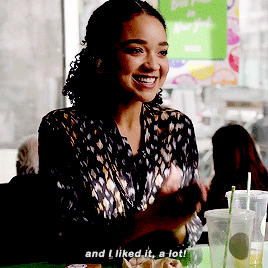
What Kat and Adena end up discovering is that their relationship didn’t lack cunnilingus, it lacked intimacy and the openness to discuss something as vulnerable as feeling scared to take the deep dive, if you will. That type of intimacy is the nourishment that all queer relationships—whether romantic or platonic—desperately need. I think we can all learn a thing or two from The Bold Type about showing up for each other.
Help make sure LGBTQ+ stories are being told...
We can't rely on mainstream media to tell our stories. That's why we don't lock our articles behind a paywall. Will you support our mission with a contribution today?
Cancel anytime · Proudly LGBTQ+ owned and operated
Read More in Culture
The Latest on INTO
Subscribe to get a twice-weekly dose of queer news, updates, and insights from the INTO team.
in Your Inbox

